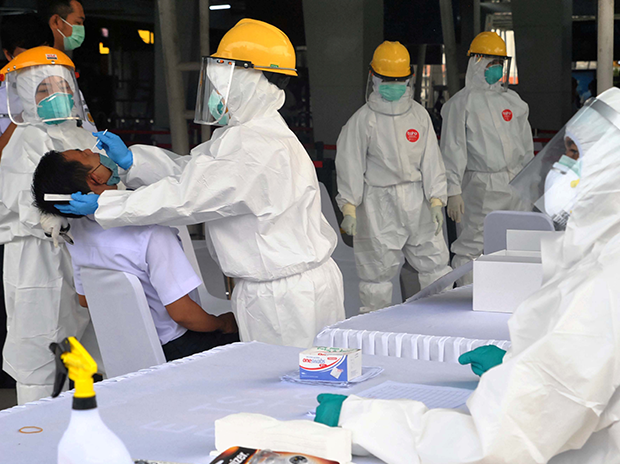The US is considering coronavirus scanning of air travellers from countries hit hard by the virus, says President Trump
US President Donald Trump doubled down on China for failing to tame the coronavirus at its very origin, saying it has led to 184 countries “going through hell”, as several American lawmakers demanded steps to reduce dependence on Beijing for manufacturing and minerals.
Trump has been publicly blaming China for the global spread of the “invisible enemy” and launched an investigation against it. He has also indicated that the US may be looking at “a lot more money” in damages from China than the $140 billion being sought by Germany from Beijing for the pandemic. Leaders of the US, the UK and Germany believe that the deaths and the destruction of the global economy could have been avoided, had China shared the information about the virus in its early phases, news agency PTI reported.
“It’s in 184 countries, as you hear me say often. It’s hard to believe. It’s inconceivable,” Trump told reporters at White House Tuesday. “It should have been stopped at the source, which was China. It should have been stopped very much at the source, but it wasn’t. And now we have 184 countries going through hell.” The virus, which originated in China’s Wuhan city in mid-November, has killed more than 200,000 people and infected over three million globally. The largest number of them are in the US: nearly 59,000 deaths and over one million infections…Read More




















